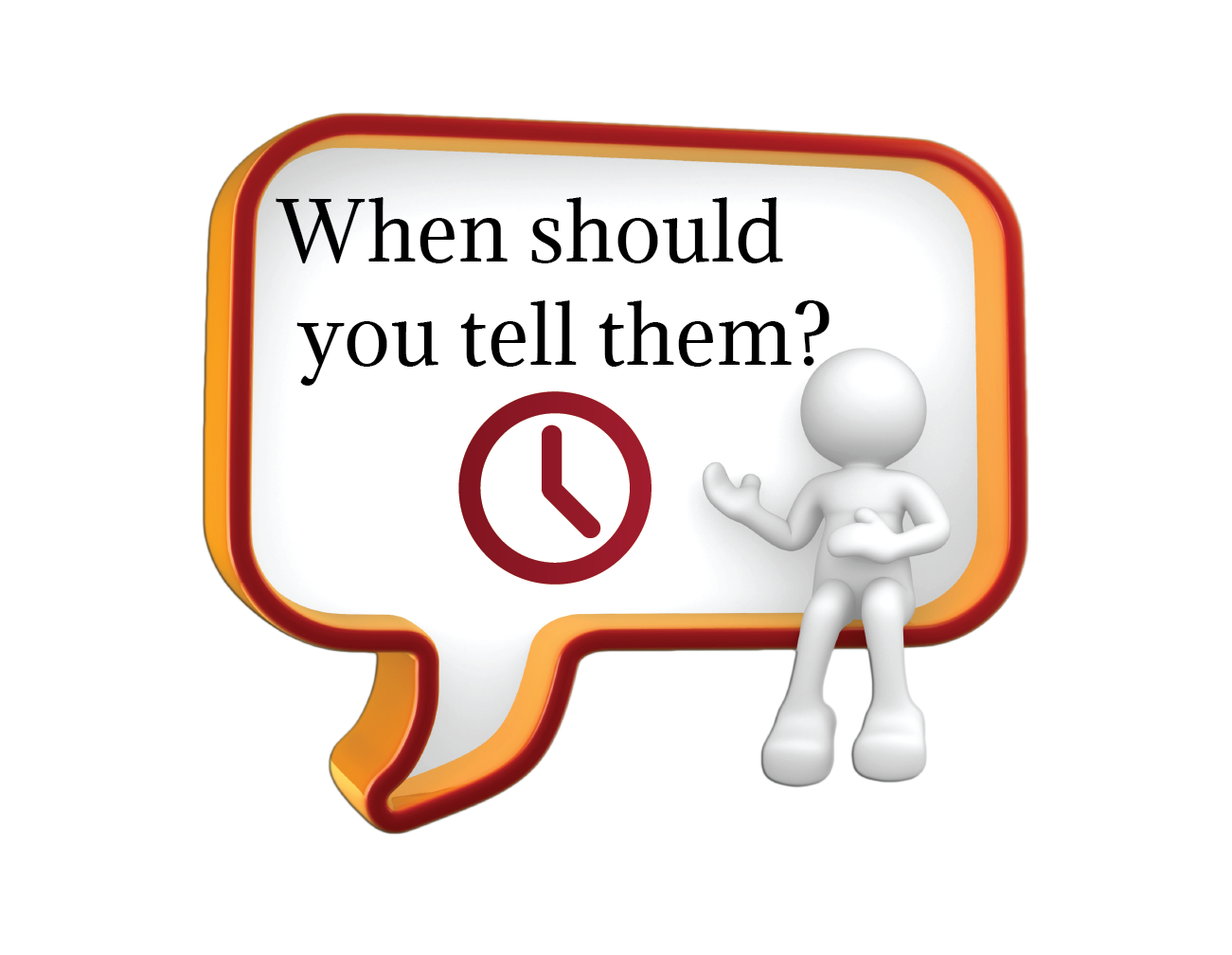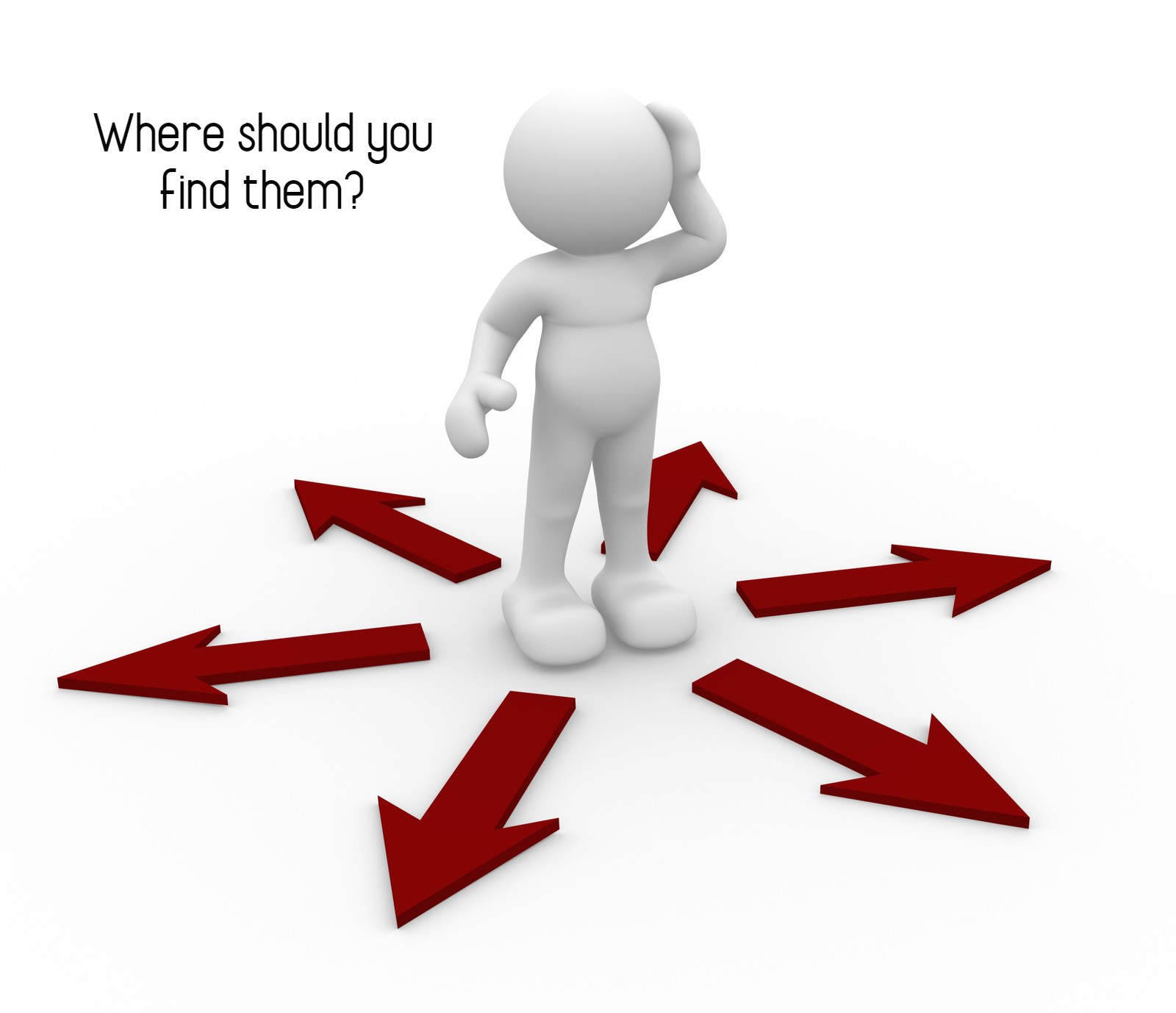I Got Your Message
But What’s Your Point?
Digital marketing is a cost-effective way to connect with your customers.
But remember – Marketing is more than Advertising! It’s an ongoing effort to establish your brand as a trusted resource.
Every message you put out impacts your brand. So every message should have a strategic purpose.
Before allowing any communication to be sent in your company’s name, take the time to ask yourself:

WHO are you talking to?
To connect with your message, people need to feel as if you are specifically talking to them.
Tailor your communications to your target audience by taking the time to consider
Who are you addressing
- New, Current or Potential Customers?
- Allies or Influencers?
What do you know about their
- Demographics (age, gender, culture, etc.)?
- Desires/Needs/Issues?
- Communication Preferences?

WHAT do they need?
People respond best to issues they care about.
To get them to act, you need to wrap what you want to tell them inside something they want to hear.
Your message should help readers focus on:
- Benefits/Opportunities being offered
- Problems/Concerns being solved
- Gaps/Needs being filled

WHEN should you tell them?
The same ease and convenience that makes digital marketing successful also makes it extremely competitive.
When to reach out to consumers online is a big question for professional marketers, and there is no one, clear answer.
If you don’t want your message to get lost in the shuffle, take the time to figure out the best time to reach your customers by:
- Understanding their general patterns and preferences – are they more likely to engage in the morning, during the workday, or the evening? Should you reach out daily, weekly, quarterly?
- Studying reports on your online activities – when do you see the most/least response rates?
- Asking for direct feedback – strategically placing one or two questions about their communication preferences can provide valuable insight
- Following industry best practices – there are many studies, theories, and suggestions on this subject

WHERE should you find them?
To be effective, your messages have to reach the right customer base.
It’s vital to know where your customers are most likely to engage with your content.
To help determine where you will most likely be successful
- Track responses to your posted content – set goals for the amount of engagement you need to make the effort worth your resources. Concentrate your efforts on those platforms where you see successful engagement.
- Consistently ask customers how/where they found you.
- Find out where successful competitors find business and follow suit

WHY should they care?
When creating marketing content, it’s important to remember your goal is to provoke a response from your target audience.
People may read and interact with your message. But you don’t necessarily reach your goal just because someone ‘likes’ what you have to say.
Marketing goals include closing transactions, increased brand awareness, consumer loyalty, introducing new products/services, etc. To be successful, your content must keep your goal – and the desired consumer call to action – in mind.
Common factors that influence consumer behavior include:
- Consistent marketing: being exposed to a consistent massage has been shown to influence consumer perceptions
- Personal preference: understanding, promoting and meeting your customers’ personal preferences is a good way to build brand loyalty
- Social influence: brand association with a popular person, activity, event, or movement is an excellent opportunity to increase customer engagement
- Economy: consumer behavior is impacted by economic concerns. Touting the exclusivity of big-ticket items is often effective in strong economies; pointing out cost-effectiveness and low prices influences buying behavior when things are tight.

HOW should you put it?
A lot of variables affect how well online content is received.
The following are a few best practices.
Content should be:
- Reader-centric. Keep the message focused on the benefits/opportunities for the reader.
- Relatable. Establish a relationship by demonstrating that you understand the needs/concerns/desires of the target audience
- Relevant. Make sure you are sharing information the reader can relate to
- Clear. Define your point. Avoid confusing or ambiguous phrases. Identify a clear call to action
- Correct. When posting on the web, relatability is key. But readers still need to understand. Use spell/grammar checking programs to avoid unintentional mistakes
Formatting:
- Content should appear as easy to read as possible
- Use short, simple sentences.
- Bullet points are better than long paragraphs
- Leave a lot of white space
- Be consistent with punctuation

Start with a Strategy
Strategic Marketing Services
The goal of marketing is to help you become known as a company your customers know, like and trust.
A Strategic Marketing Plan provides your company with the kind of professional Client Brief major corporations develop for their marketing efforts.
Achieve Corporate-level marketing at Start-up level prices.
Even without a Marketing team or big advertising budgets, you can create more effective, targeted marketing materials. All it takes is a reasonable investment, a few hours of your time, and your knowledge of your company and customer base.
Marketing should be an investment, not an expense. Are you ready to take your marketing efforts to the next level?
Contact Me for a free consultation.

Terrific internet site you possess in here.
Appreciating the hard work you put into your site and detailed information you
provide. It’s great to come across a blog every once in a while
that isn’t the same out of date rehashed material.
Excellent read! I’ve saved your site and I’m including your RSS feeds to my Google account.
Thank you! I appreciate your comments.
Spot on with this write-up, I absolutely feel this web site needs a great deal more attention. I’ll
probably be back again to read through more, thanks for the info!
It’s difficult to find well-informed people
for this topic, but you sound like you know
what you’re talking about! Thanks
Thank you for taking the time to leave such a nice response.